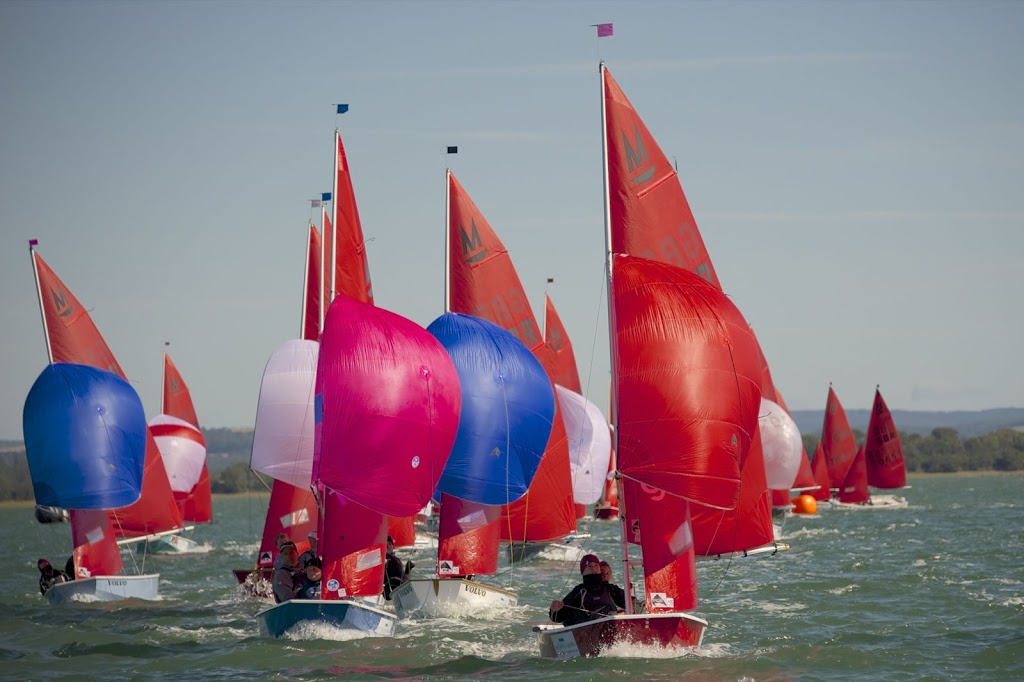Having removed the fittings, I wash them and their fixings, individually, using hot water, washing up liquid, a nail brush, old toothbrush, fine (240 or finer) wet & dry sandpaper and scouring pads. Apart from removing any salt, sand, grit etc. this is a good opportunity to remove any surface rust from stainless steel, or traces of paint etc.
It's not just me, in this video, Rob from Harken UK shares his boating life hack on caring for your ball bearing hardware. “You might be tempted to give it a good spray with lubricant, good in the short term but not recommended. Instead flush out with fresh water to get rid of any debris or salt” explains Rob.
I sail in salt water and when I clean my anodised aluminium fittings and associated fixings, I often find white deposits which will not desolve in water, and which are hard to remove. It turns out that what I thought was "encrusted salt" was not be salt at all, but either calcium or magnesium carbonate etc., which is why flushing with water has little or no effect.
Vinegar contains a weak acetic acid. I've tried this and it seems pretty effective at removing or softening the white deposits. Others have suggested (weak) formic acid or lime scale remover (or steam iron cleaner) from your local hardware store. I leave the fitting and fastenings soaking in a small dish for a while, or overnight, then scrub it to remove the softened deposits. You might need to repeat the process. Wash the fitting again after soaking it to get rid of any traces of the acid.
Allow fitting to drain and dry. At this point it's well worth checking your fittings for damage, or that their fastenings are OK for another season. In particular it is worth checking
- Fixings in poor condition (bent, corroded, damaged heads,…), or looking likely to fail, in which case replace them applying Celia’s Law.
- Offset clips in kicking straps for cracking
- Rudder fittings coming loose
- Rubber tiller extension joints for cracking
- Reaching hooks on Trident-UK GRP hulls coming loose
With the fittings washed, cleaned and dried, I use a small amount of masking tape to attach screws to their fitting so they are kept together until it's time to fix them all back on the hull. I also write the location on non-obvious ones.
Items with moving parts, such as sliders in tracks, plain bearing blocks etc. should be lubricated with silicon spray (e.g.WD-40). Ball bearing blocks etc should be lubricated with McLube, a PTFE spray, light machine oil or silicon spray. I use silicon grease on items with rubber or plastic parts such as (Anderson) self-bailers, plastic inspection hatch cover threads and their O-rings.




